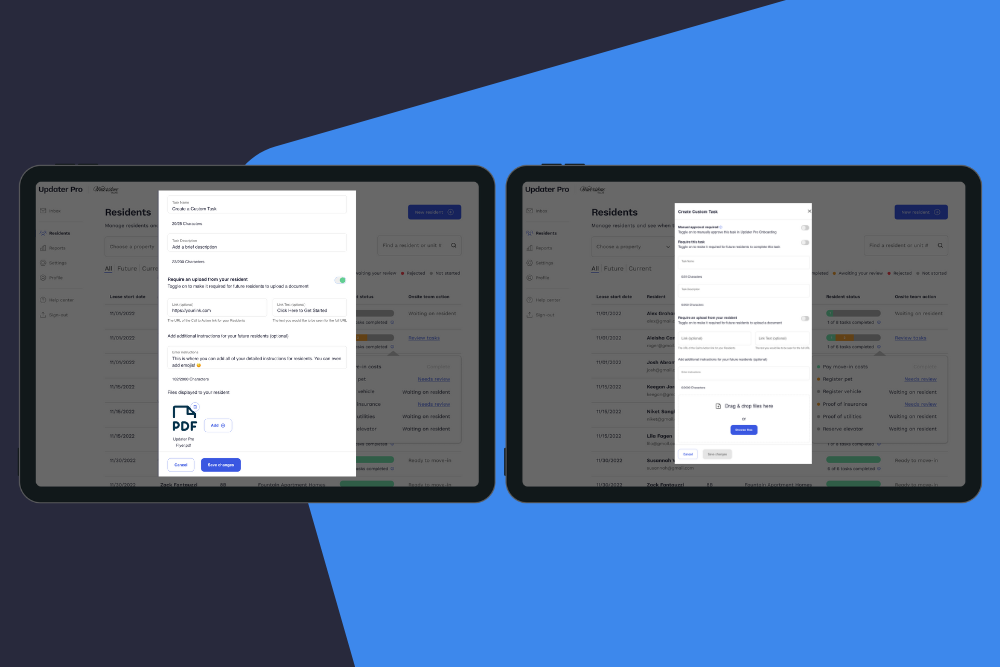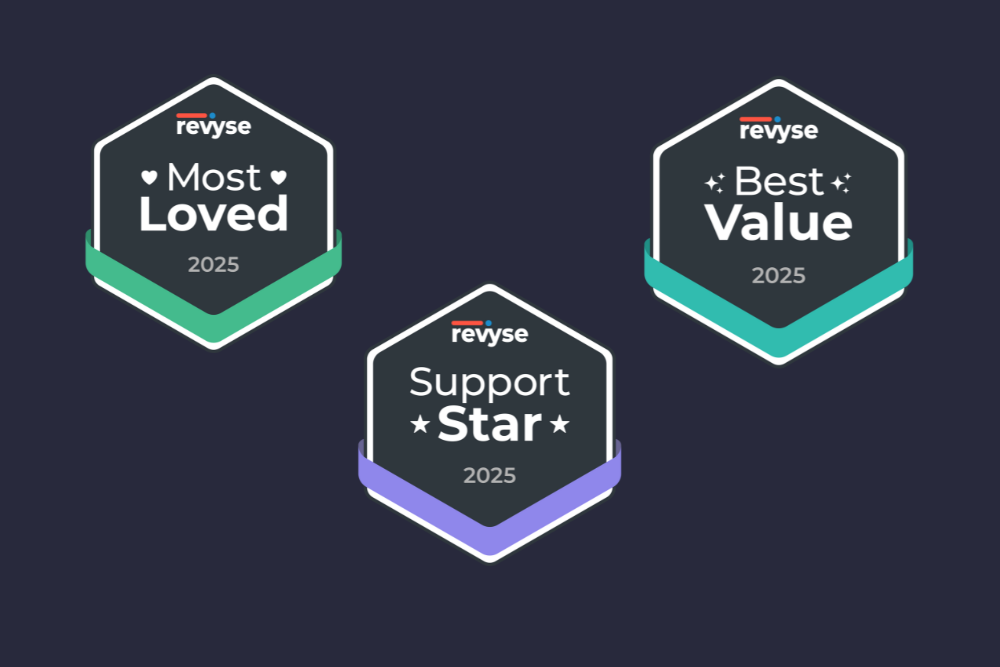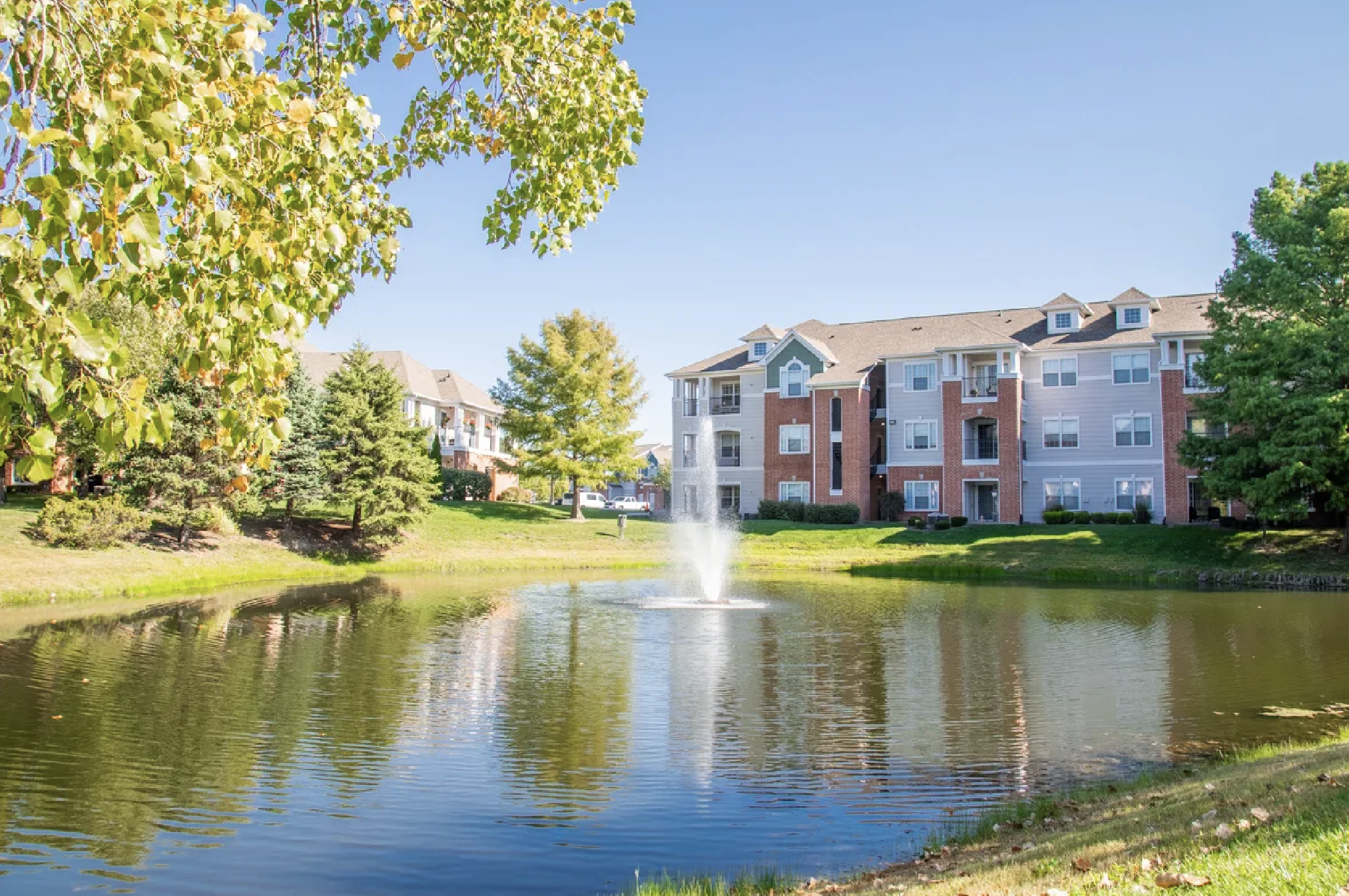How move-ins impact employee performance and retention

Welcoming and onboarding new residents can be a significant drain on time and resources for onsite teams. According to our research, onsite teams spend a considerable amount of their weekly hours solely on handling move-ins. And, let’s not forget – time is money.
As the person leasing units and building relationships with new residents, leasing agents need to focus on the importance of simplifying the move-in process for their community. By doing this, agent and employee burnout is significantly reduced.
Key findings
- 61% of site teams spend 4+ hours per week processing move-ins and 30% of site teams spend 6+ hours per week processing move-ins. (Updater, 2022)
- 67% of leasing agents say that streamlining move-ins at their community is “essential.” (Updater, 2022)
- Annual turnover rate among onsite teams is 52%. (Swift Bunny, 2023)
- 60% of leasing agents report leaving their job for a new, less stressful one. (Swift Bunny, 2023)
- 75% of leasing agents consider their current roles less than ideal for the long term. (Swift Bunny, 2023)
- 31% of leasing agents express a lack of substantial achievements in their work. (Swift Bunny, 2023)
Implications
The time-consuming nature of move-in tasks has significant implications for onsite team efficiency and overall operations, including:
- Increased workload: In the current climate where many leasing teams are already understaffed, the additional workload generated by resident move-ins can be overwhelming. Allocating an hour or more each day to send out welcome letters, process paperwork, and address move-in-related inquiries means that onsite team members have less time to focus on more critical responsibilities.
- Resource allocation: The significant time commitment required for move-in tasks may force onsite teams to allocate resources away from revenue-generating activities that contribute to leasing, marketing, overall community management, and resident satisfaction.
- Reduced customer service: Spending too much time on move-in tasks can lower the quality of customer service from onsite teams. When your onsite team is overwhelmed, they may find it difficult to respond promptly to requests, may drop the ball on certain things, or may make mistakes – we’re all human. This degraded level of customer service could lead to unhappy residents.
- Potential for errors: Rushed and overwhelmed teams are more susceptible to errors during the move-in process. Think about your own workload – when you’re rushing through things, you may make mistakes or take shortcuts. Onsite teams aren’t exempt from this which could lead to data entry mistakes or incomplete documentation. These errors can lead to complications down the line, including legal or financial issues.
- Employee turnover: In 2023, the annual turnover rate among onsite teams was 52%, with 60% of leasing agents leaving for a less stressful job and 75% saying they don’t see themselves in this role long term. Excessive workload, especially due to move-ins, can lead to burnout and turnover. Frequent employee turnover further strains resources, as new hires need to be trained, and this cyclical pattern can create a continuously stressed work environment.
Tactical recommendations
- Digitize and automate move-in processes: Leverage technology to automate routine tasks associated with move-ins. Tools for electronic lease signing, digital submission of necessary documents, and automated welcome messages can save significant time for your onsite teams. Digital platforms can streamline and expedite the move-in process, making it more efficient and less burdensome for leasing agents and management teams. This not only enhances the resident experience but also empowers employees to manage their time more effectively and focus on value-added activities.
- Create a dedicated move-in specialist role: Designate a team member or create a role specifically focused on managing move-ins. This specialist can handle all aspects of the move-in process, from coordinating schedules to addressing any move-in day issues, ensuring that the process is smooth for both residents and the rest of the onsite team. Having a dedicated person for this task ensures consistency and allows other team members to focus on their primary responsibilities, ultimately leading to better overall efficiency.
- Implement comprehensive training programs: Develop and regularly update training programs for leasing agents that focus on streamlining move-in processes. Training should cover best practices for managing paperwork, communication strategies for welcoming new residents, and efficient ways to handle move-in logistics. Comprehensive training not only equips your team with the necessary skills but also instills confidence in their ability to manage move-ins effectively. This leads to improved job satisfaction, reduced stress, and lower turnover rates.
- Enhance communication and coordination: Implement clear communication protocols and tools that allow for seamless coordination between different departments and team members involved in the move-in process. Regular meetings, checklists, and shared digital platforms can help ensure everyone is on the same page, reducing confusion and errors. Effective communication and coordination create a more organized and efficient move-in process, minimizing the workload and stress for leasing agents and management teams.
- Provide resources and support: Offer your onsite teams the necessary resources and support to manage move-ins efficiently. This could include access to technology, additional staff during peak move-in periods, or outsourced services for certain tasks. Providing adequate resources ensures that your team is well-equipped to handle move-ins without feeling overwhelmed. By offering support, you show your commitment to their well-being, which can improve morale and reduce turnover.
By implementing these strategies, you can significantly reduce the time and effort required for move-ins, allowing your onsite teams to focus on providing exceptional service to current residents and prospective renters — happily!














